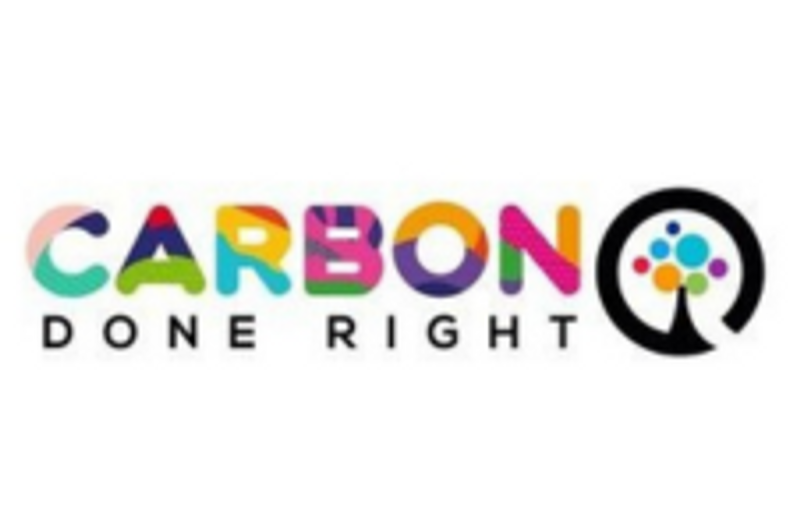As the world grapples with the effects of climate change, the urgency of finding sustainable solutions to reduce carbon emissions has become more critical than ever. Various industries are exploring innovative ways to offset their carbon footprint and transition towards a greener future. One such promising approach is the concept of carbon sequestration and utilization, which aims to capture and store carbon dioxide emissions while creating value-added products.
Carbon sequestration involves capturing carbon dioxide from emission sources such as power plants, industrial processes, and even directly from the atmosphere. The captured CO2 is then transported and stored underground in geological formations or utilized in various ways to prevent it from entering the atmosphere and contributing to global warming.
One of the key strategies in carbon sequestration is enhancing natural carbon sinks, such as forests and oceans, which naturally absorb and store carbon dioxide. Forest conservation and reforestation efforts play a vital role in capturing carbon from the atmosphere and mitigating climate change. Additionally, marine ecosystems like mangroves and seagrasses are effective carbon sinks that can sequester significant amounts of CO2.
Apart from natural sinks, technological innovations like carbon capture and utilization (CCU) and carbon capture and storage (CCS) are gaining momentum in the fight against climate change. CCU involves converting captured carbon dioxide into valuable products such as building materials, plastics, fuels, and chemicals, thereby creating a market for carbon utilization. On the other hand, CCS focuses on capturing CO2 emissions and permanently storing them underground or in deep geological formations.
The advancement of carbon sequestration and utilization technologies offers a dual benefit of reducing greenhouse gas emissions and creating new economic opportunities. Companies investing in carbon capture and storage can not only meet regulatory requirements but also generate revenue by selling carbon credits or turning captured CO2 into valuable commodities. This economic incentive incentivizes industries to adopt cleaner production methods and invest in sustainable practices.
Furthermore, governments around the world are increasingly recognizing the importance of carbon sequestration as a crucial tool in achieving climate goals. Policies and incentives to support carbon capture and utilization projects are being implemented to accelerate the transition to a low-carbon economy. By providing financial support, regulatory frameworks, and research funding, governments are encouraging the scaling up of carbon sequestration initiatives across various sectors.
In conclusion, carbon sequestration and utilization present a promising pathway towards achieving carbon neutrality and combating climate change. By leveraging natural and technological solutions to capture and store carbon emissions, we can significantly reduce our environmental impact and pave the way for a more sustainable future. Embracing these innovative approaches is essential for creating a cleaner, greener, and more resilient planet for future generations.
